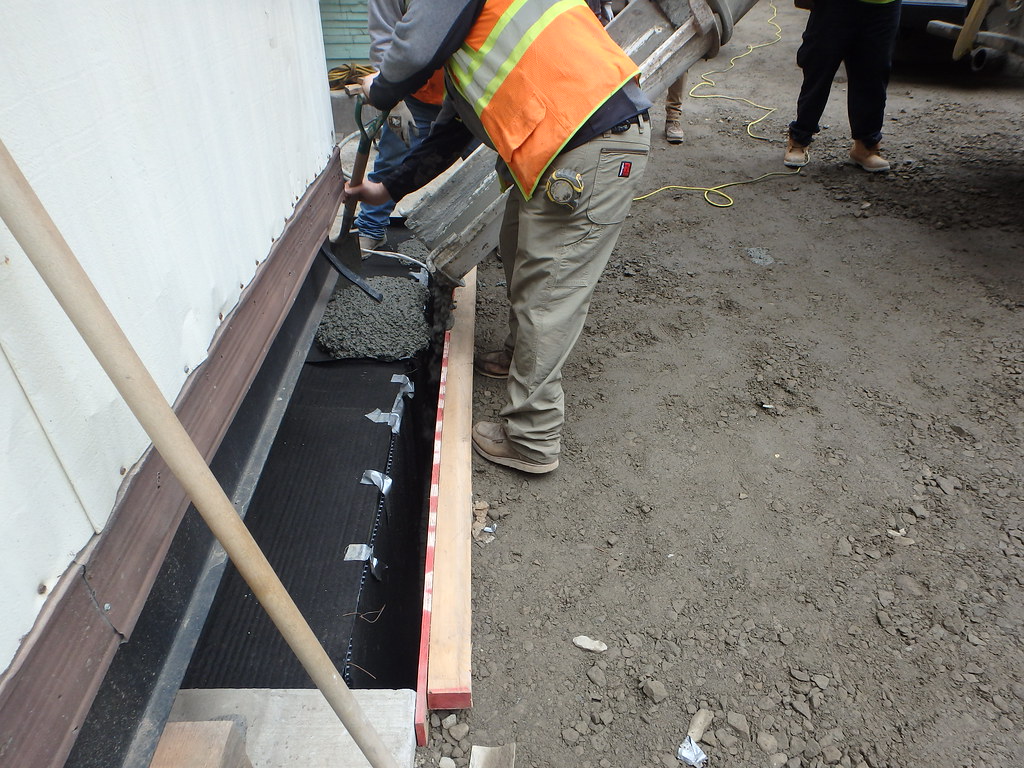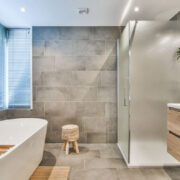
Waterproofing a building involves forming impermeable barriers over foundation surfaces, walls, roofs, and other structural parts. These barriers prevent water from penetrating the building.
Waterproofing a building includes using cementitious materials, applying waterproofing membranes and bituminous materials, among others. The process is essential for the basement, terrace, walls, bathrooms, water tanks, swimming pools, etc.
This article will discuss the various methods used when waterproofing a building. Additionally, it includes the ideal applications for these methods.
Methods of Building Waterproofing
There exist various ways of waterproofing a building. Some of them include:
- Bituminous coating
- Bituminous membrane
- Cementitious waterproofing
- Polyurethane liquid membrane
- Liquid waterproofing membrane
Each method is explained below.
Bituminous Coating
The method is also known as asphalt coating. It involves applying a bitumen materials coating that is much flexible based on its polymerization and formulation grade. The polymer’s quality and the fiber’s reinforcement determine the protection strength.
The bitumen coating is not suitable for sunlight exposure unless modified with more flexible materials like acrylic-based polymers and polyurethane.
The method provides a perfect protective coating, especially on concrete foundations. It is mainly applied on areas beneath screed wet.
Bituminous Membrane
The method is mainly used in buildings with lo-sloped roofs. A bituminous membrane waterproofing consists of a torch on the membrane and a membrane that is self-adhesive. These self-adhesive compounds include fillers, asphalt, and polymers. Sometimes the adhesion characteristics are improved by adding special oils and resins.
There are two types of torch-on the membrane; exposed and covered. The exposed membrane granular minerals can withstand weathering wear and tear. The covered membrane requires the user to apply a protective slab to prevent the membrane’s puncture.
Cementitious Waterproofing
This is the easiest method of building waterproofing. The readily available waterproofing materials and much straightforward to mix and apply.
Cementitious waterproofing is mainly applied to internal wet areas like the toilet or bathroom. Also, the technique can be ideal for dams, bridges, tunnels, subway systems, ports and docks, water treatment plants, among others.
Polyurethane Membrane Waterproofing
This technique is relatively costly. It is used on a flat roof area that is much exposed to weathering. The waterproofing method is very effective since it fills all the capillary cracks. Besides hardening the upper surface of the concrete, it also reduces the rate at which your concrete absorbs moisture.
The polyurethane resists detergents, oils, and other types of chemicals. It is mostly used in balconies, parking decks, roofs, water tanks, pedestrian decks, among other structures.
Liquid Waterproofing Membrane
The method involves applying a primer coat and a couple of topcoats using a roller, spray, or trowel. It produces a thin layer that is relatively flexible.
This liquid layer develops into a rubbery coating over the applied area. The coating’s elongation characteristics can be up to 280%. Its durability depends on the polymer type used to manufacture the liquid waterproofing.
Conclusion
Generally, there exist different techniques of waterproofing buildings. Some methods are relatively effective than others though the durability depends on various factors like the place of application and the type of construction. Take time to determine which technique will work better for your project.











